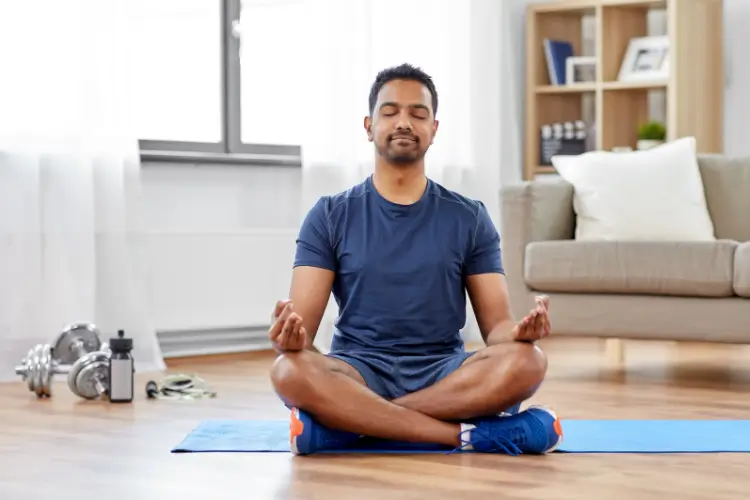Vedic meditation is the simplest yet one of the most effective forms of meditation directly linked to ancient Indian traditions. It ranges from improved mental acuity to improved emotional well-being. Beyond regular practice, the real unlocking of Vedic meditation requires getting deep into the process. Here is a step-by-step guide.
Understand The Essence of Vedic Meditation
Vedic style meditation can only be appreciated and used correctly if one first understands what exactly it is. Other forms of meditation often require concentration or regulated breathing, but Vedic meditation is done effortlessly. The practitioner silently repeats a mantra that helps the mind settle into a mode of restful awareness. It is natural and easy, with free movement of the mind through thoughts and deep relaxation. The more you understand the simplicity and depth of this practice, the more you are going to get out of it.
Establishing Routine in Your Practice
Establishing consistency for your practice is how you’ll fully absorb Vedic meditation. Once or twice a week is hardly ever enough to experience the profound benefits you are looking for. You should aim to achieve two times a day, perfect if for about 20 minutes each. By teaching meditation in your daily lifestyle, your mind learns to expect a relaxing experience and, over time, becomes easy to do and satisfying. Consistency helps you penetrate more deeply into your meditation sessions to go through deeper layers of consciousness.
Building Patience and Acceptance
The biggest obstacle in reaping the maximum benefits of Vedic meditation is impatience. People expect overnight changes. When they don’t see that, they get discouraged. Vedic meditation works gradually like water shapes a rock, only it works silently. You build up that patience and trust in the process. Sometimes, you feel agitated; your mind may be really wandering more than usual – part of the journey. Acceptance of where you are in the practice allows the mind to relax more deeply into the meditation.
Accepting the Natural State of the Mind
The beauty of Vedic meditation is accepting the natural state of the mind. Unlike other techniques that might require focus or concentration, Vedic meditation teaches you to let go and allow the mind to settle effortlessly. It is a soft bit to push the mind inwards, and over time, you will find that transcendence can be attained more often. During meditation, don’t try to control anything; you just need to release what comes to your mind and gently get onto the mantra. This non-resistance is the beauty of this technique and helps undergo more profound and transformative experiences.
Meditation In Everyday Life
It is only by integrating the principles of Vedic meditation into life that you are going to unlock its true potential. Though the practice itself lasts for approximately 20 minutes, it makes the calmness and mindfulness extend throughout the day by cultivating such a state. You’ll notice that you’re tackling conversations, decisions, and challenges differently after a session. You would have arrived more centered, more present, and less reactive. Vedic meditation does not only alter the time you spend meditating but molds how you experience your entire day. The deeper integration of such practice can further intensify its benefits over a period.
Subtle Benefits of Vedic Meditation
The benefits realized in Vedic meditation seem subtle at first. You do not feel a shifted impact in the early days, but often, there are subtle benefits that begin to build up in time. You’re likely to find less stress, improved sleep, and heightened creativity. These subtle effects are formidable. As you continue to develop the practice, you find yourself capable of remaining calmer under pressure and making much more thoughtful decisions. The quiet, transformative effects of Vedic meditation come alive for you as your practice unfolds, offering you more profound emotional resilience and clarity in living.
Conclusion
The full potential of Vedic meditation is found on the inner journey. Instead of focusing on achieving a specific result or outcome, the practice really allows you to give yourself permission to go deeper and access different states of rest and consciousness. Only through continued practice do you begin to notice subtle yet profound shifts in your mental, emotional, and physical experiences, and you come to understand that Vedic meditation is much more than a technique for relaxation; it’s a means for establishing self-awareness and inner peace.




